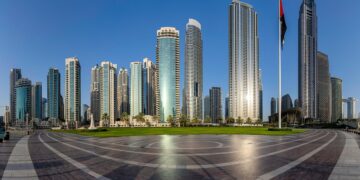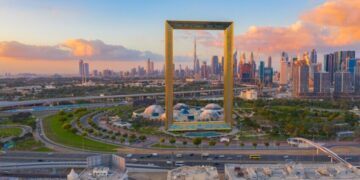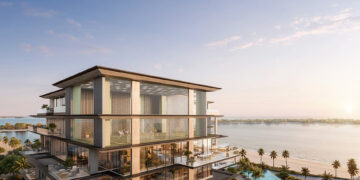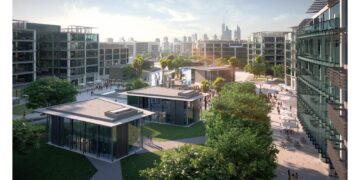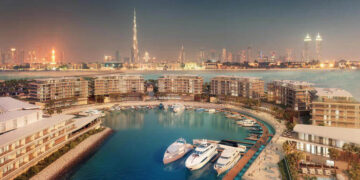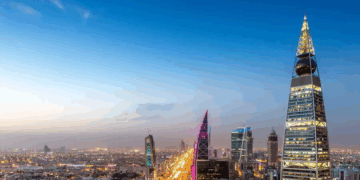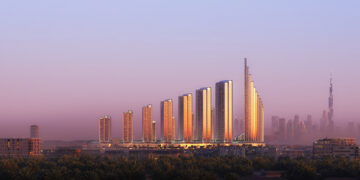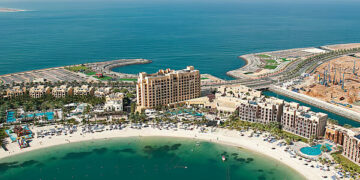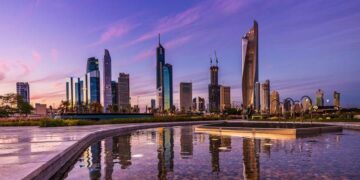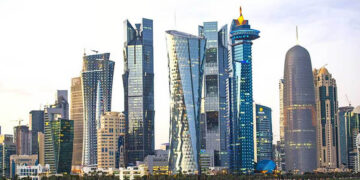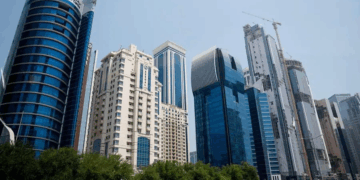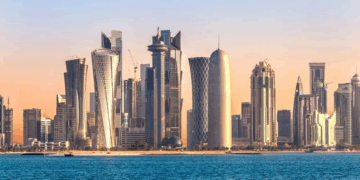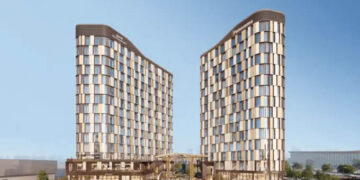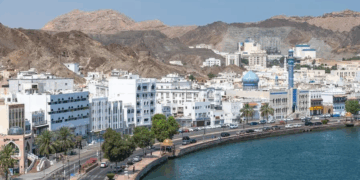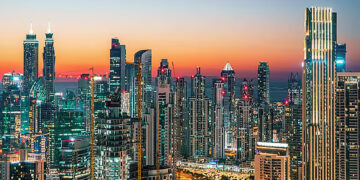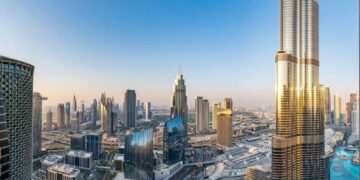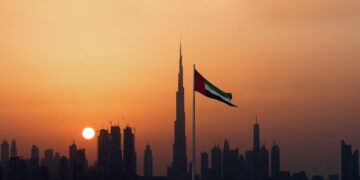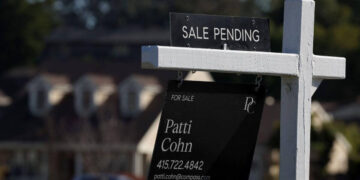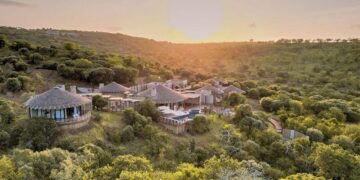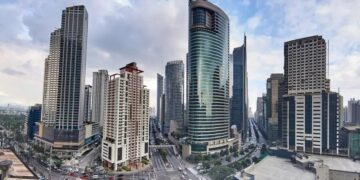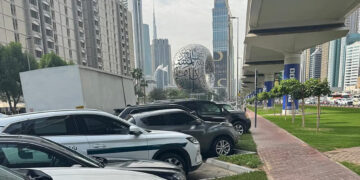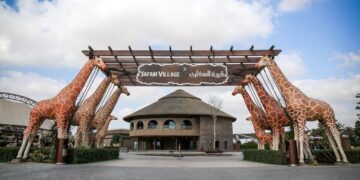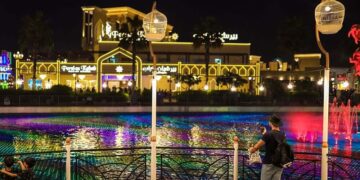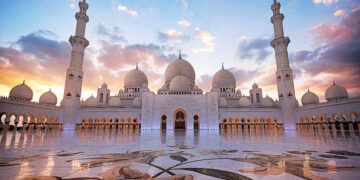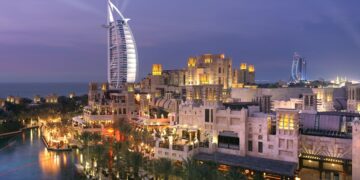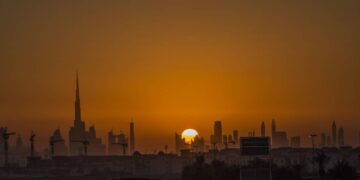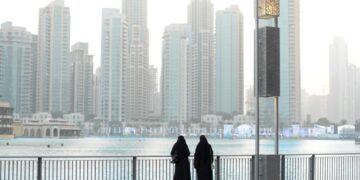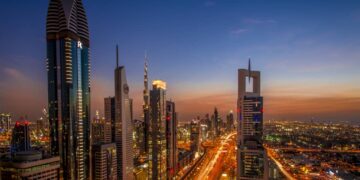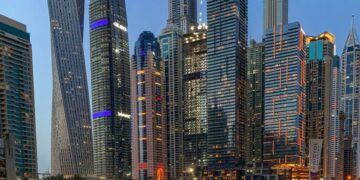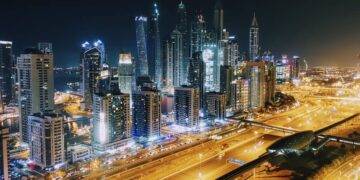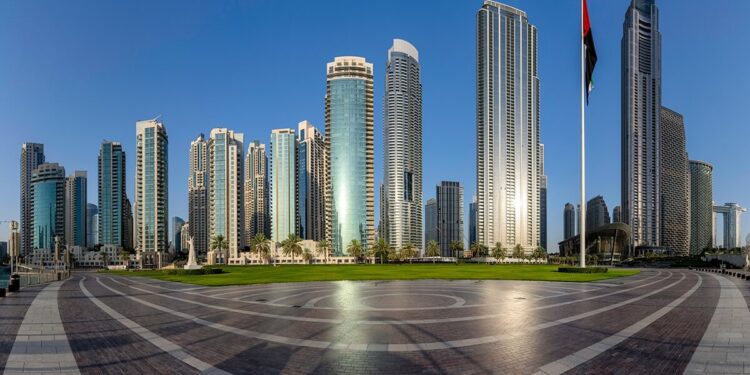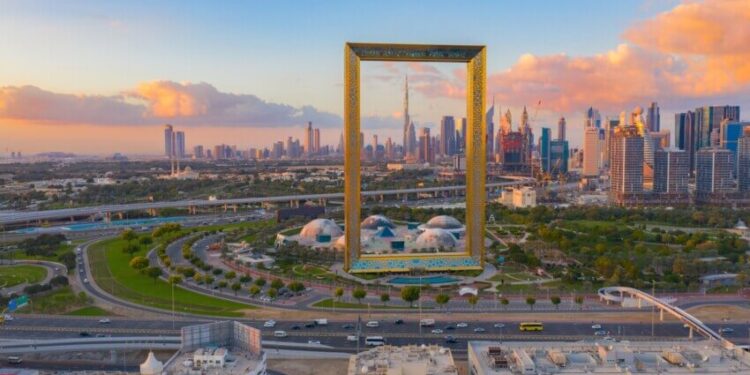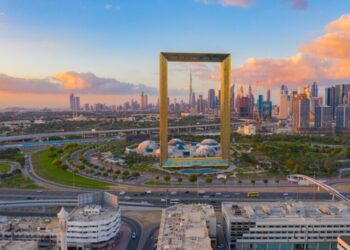According to prominent industry expert Colliers, the UAE real estate market saw steady expansion as a result of robust demand and effective government measures.
According to Colliers’ Q2 2025 real estate report, which offers important insights into market activity, supply, demand, and price movements across Abu Dhabi, Dubai, Al Ain, and the Northern Emirates, the Abu Dhabi market is well-positioned for continued growth with increased developer activity, while Dubai is experiencing unprecedented growth with multiple developments in progress.
According to Colliers, the residential and office real estate market in Abu Dhabi is performing at its strongest level since 2009. About 3,250 residential units were delivered in Q2 2025, and before the end of the year, another 2,150 residential units are expected to be supplied, mostly in Investment Zones including Yas Island, Masdar City, Saadiyat Island, and Jubail Island.
Positive market attitude is highlighted by the announcement of new projects, such as Bulgari Resort and Mansions and Brabus Island by Reportage. According to the report, Abu Dhabi’s National Housing has authorized 14 new local housing projects and anticipates contributing 26,000 residential units over the course of the next five to ten years.
In Q2 2025, Abu Dhabi’s residential rental sector showed robust growth, with average apartment rental rates increasing by 13% yearly and 6% quarterly.
Prime and high-end markets grew 5–10% quarterly and 5–18% annually, while mid- and low-end sectors had advances of 15–25% annually. According to the report, villa rental rates increased by 3% on a quarterly basis and by 4–15% on an annual basis, demonstrating good momentum across all regions and quality tiers.
With almost 2,000 sales deals, a 46% increase from Q1 2025, the ready/completed property segment was the main driver of Abu Dhabi’s residential sales transactions, which continued their upward trajectory in Q2 2025.
70% of transactions were ready sales, which increased 43% from quarter to quarter and 44% from year to year, demonstrating ongoing demand from investors and end users.
Compared to Q1 2025, off-plan transactions increased by 53%. Quarter-over-quarter and annually, apartment sales prices rose by 8% and over 25%, respectively, with high-end communities experiencing annual growth of over 35%. This pattern was reflected in villa sales, which increased by 25% annually and 8% quarterly.
According to Colliers, the Dubai market saw a significant surge of new residential supply in Q2, with about 12,500 units supplied. Although 70% of the deliveries were apartments, the number of villas increased by more than 40% to 3,900 units. With an estimated 60,000 units announced across more than 200 developments, new project announcements persisted unabated.
Colliers saw a record level of development activity, with developers overseeing many projects at once and expecting more innovation.
In Q2 2025, there were indications of a maturing rental market in Dubai. The strong luxury market and the growing supply of upscale residences in neighborhoods like Jumeirah Village Circle (JVC) and Arjan drove the average quarterly rental growth of 1% for flats and 2% for villas. Internal relocations contributed to a little year-over-year increase in new lease volumes (1% for apartments and 4% for villas). The number of rental renewals is decreasing as more tenants move into homeownership.
The average price of apartments and villas sold in Dubai increased by 3%, continuing the market’s upward trend. Because so many new projects are being launched, off-plan sales are driving this increase. In July 2025, the Dubai government introduced the First-Time Home Buyer Program, which offers customized mortgage options and preferential pricing in an effort to promote homeownership.
By providing customized mortgages on new off-plan units (up to AED 5M) and special pricing (up to 10% off), together with DLD fee installment options, this initiative encourages homeownership among eligible UAE residents (both Emirati and foreign). With big developers and banks taking part, this represents a mature market move towards end consumers.
With recent announcements like Lumena by Omniyat and Uptown Dubai Phase 2, the office sector also saw growth.
Markets in Al Ain and the Northern Emirates
The research claims that the announcement of roughly 8,000 new residential project launches in the Northern Emirates in Q2 2025 gave new residential project launches a boost. With average apartment rental prices rising 3% from quarter to quarter and 12% from year to year, the rental industry saw strong growth. With a quarterly increase of 5%, Ras Al Khaimah led this jump, followed by Sharjah at 4% and Ajman at 2%.
The average apartment sales price in Ras Al Khaimah increased by a noteworthy 4% on a quarterly basis and by 18% on an annual basis, whereas Sharjah’s sales growth was 3% on a quarterly basis and 11% on an annual basis.
In Q2 2025, the Al Ain real estate market showed strong fundamentals and ongoing stability, with favorable occupancy and stable residential rental prices. Rents for apartments increased by up to 10% annually, while those for villas increased by 4%. With new retail community centers expected to increase their offers by late 2025 or mid-2026, the office and retail sectors also demonstrated steady growth.
